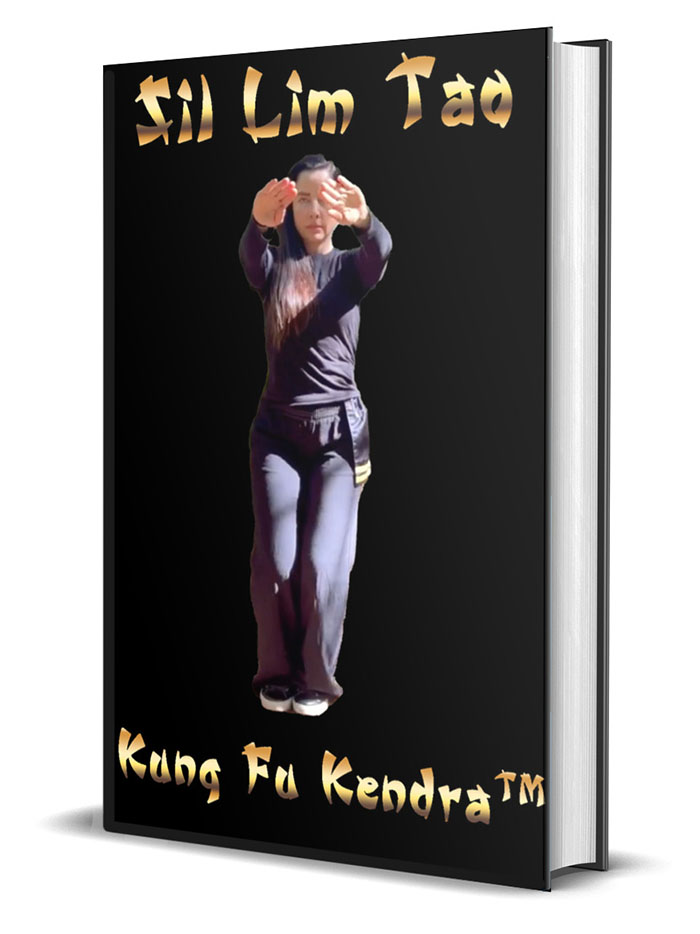Debunking Wing Chun Myths: What Experts Wish you Knew
Wing Chun is one of the most talked-about—and misunderstood—martial arts in the world. Made famous globally by legends like Bruce Lee and Ip Man, its reputation has climbed and crumbled in equal measure due to a litany of myths spread by movies, urban legends, and sometimes well-meaning enthusiasts. But what is myth, and what is genuine mastery? In this article, we’ll separate honest tradition from hype, revealing what seasoned practitioners and leading experts wish every Wing Chun student and fan knew.
One of the primary myths is that Wing Chun is an unbeatable system in all scenarios. Many newcomers are drawn by tales of its “invincibility,” created by film depictions of practitioners defeating much larger opponents with apparent ease. In reality, while Wing Chun’s strategic use of angles, redirection, and the famous centerline theory can give a smaller fighter an advantage, no martial art is truly unbeatable. Master teachers stress that **Wing Chun’s effectiveness is conditional**: it excels in close quarters and against untrained attackers, but has clear limitations in ground fighting, weapon encounters, and situations that fall outside its technical framework. Proper training means understanding where Wing Chun shines and where it must be supplemented by other skills.
Another persistent misconception is that fast, chain-punching always wins fights. The iconic “chain punch” is a visually compelling move, but experts emphasize that endless straight punches are neither advisable nor effective unless contextually supported. Wing Chun centers on principles of forward intent, tactile sensitivity, and structural alignment—chain-punching used blindly can leave a practitioner off-balance and vulnerable to counters. Seasoned instructors focus on sensitivity (Chi Sao), energy redirection, and positional awareness, ensuring that each motion is purposeful, adaptable, and informed by real-time feedback from the opponent. Myth-busting experts teach that **Wing Chun is about adaptability, not rote repetition or chi sao**
Wing Chun’s training tools, like the wooden dummy (Muk Yan Jong) and sticky hands (Chi Sao), also generate confusion. Some believe mastery comes from memorizing forms or drills alone. Experts are quick to clarify: these tools develop proper angles, energy flow, and fine-tuned reflexes, but **real expertise is forged through sparring, scenario training, and understanding combat psychology**. The forms are blueprints, not battle plans. Practitioners must apply the concepts under stress, against resisting opponents, and in varied environments to genuinely internalize the art’s lessons.
Lastly, it’s a myth that Wing Chun is only for traditionalists or that it hasn’t evolved. Historically, it has thrived on adaptation—Bruce Lee’s evolution into Jeet Kune Do is a prime example, as he started with Wing Chun fundamentals before expanding his view. Modern Wing Chun continues to evolve as practitioners integrate insights from sports science, biomechanics, and even other martial systems to refine both training methods and application. The heart of Wing Chun beats in its ability to question, adapt, and improve—a truth that underpins its lasting appeal and continued relevance in today’s mixed martial arts landscape.

